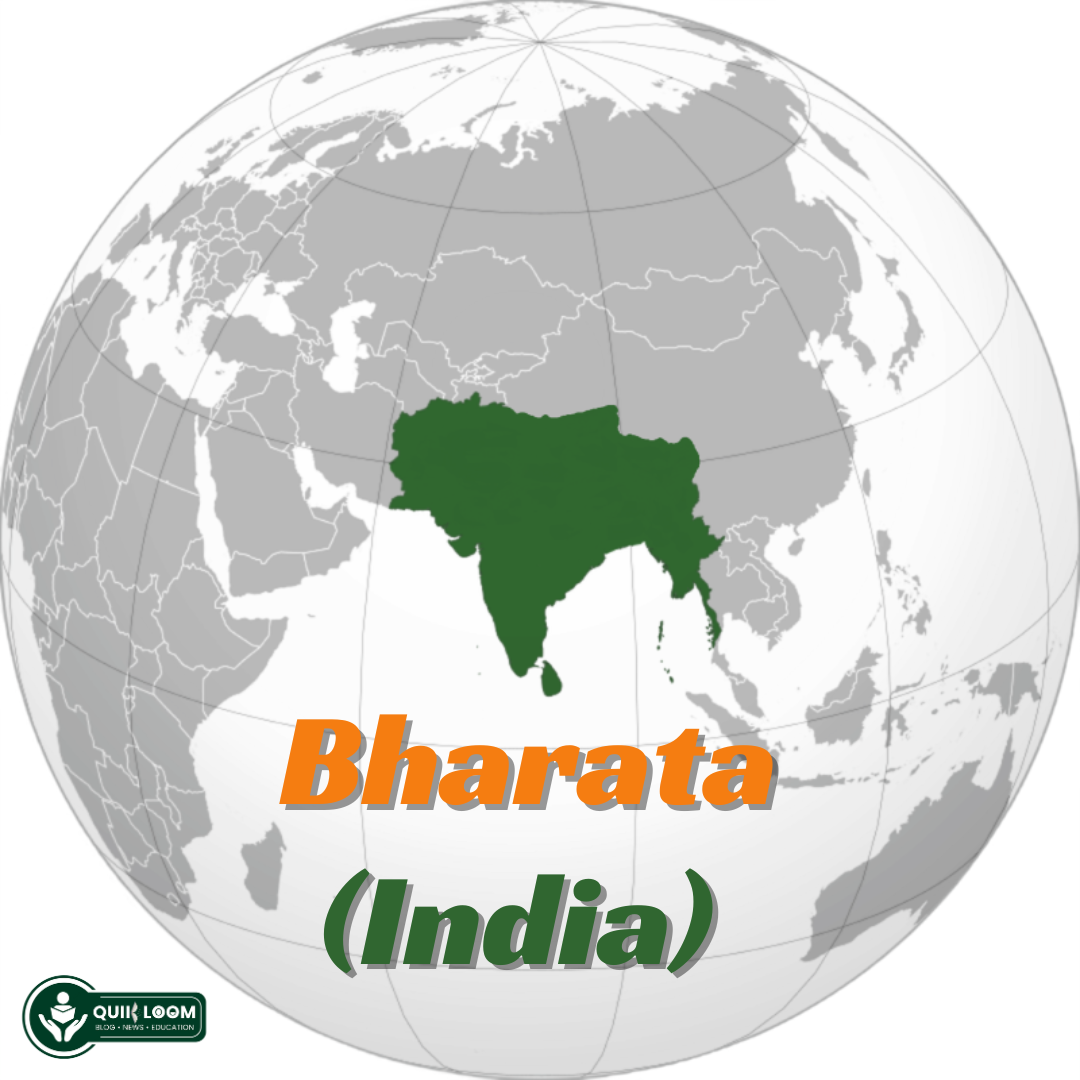In the vast expanse of human civilization, Bharata (India) stands as a beacon of cultural richness and historical grandeur. This ancient land, often hailed as the cradle of culture, has weathered the storms of foreign invasions and emerged as an indomitable force, woven together by tales of heroism and sacrifice. As we embark on a journey through the sacred landscapes of Bharata, this article unveils the cultural tapestry that defines this extraordinary nation.
Embracing the Divine Essence of Bharata (India)
Bharata (India), also known as India, holds a unique position on the world stage, with its geographical boundaries extending from the Himalayas in the north to the Indian Ocean in the south. Śrī Guruji Golwalkar worshipped it as the Universal Mother incarnate, while Swami Vivekananda’s meditative visions at Śripādaśilā revealed the profound spirituality embedded in this sacred land.
A Geographical Tapestry of Divinity
From the mystical heights of Kailāsa to the serene shores of Kanya Kumari, Bharata’s landscape is a manifestation of divinity. Swami Rāma Tirtha beautifully expressed this connection by equating his body to the geographical features of the land, symbolizing unity from Mālābār to Cholamandalam and Himālaya to Kutch.
Sacred Links and Holy Abodes
Panca Sarovara, the five lakes, holy rivers, and the four dhāmas in four directions serve as the sacred links that bind Bharata’s unity and integrity. Additionally, seven holy cities (सप्तपुरी) – Ayodhya, Mathura, Maya, Kashi, Kanchi, Avantika, Puri, and Dvārāvati – are the gateways to ultimate deliverance (मोक्ष).
अयोध्या मथुरा माया काशी काञ्ची अवन्तिका। पुरी द्वारावती चैव सप्तैता मोक्षदायिकाः।।
Essence of National Unity
The essence of national unity is deeply ingrained in Bharata’s history, geography, dharma, darśana, and samskrti. The literature produced by our forefathers, along the riverbanks, stands as a timeless touchstone for human civilization, reflecting the spiritual consciousness ignited by wandering sages.
Glorious Contributions and Abundant Resources
Amidst the protective embrace of the Himalayas and the vast ocean, Bharata (India) has contributed significantly to knowledge, sciences, and spirituality. Endowed with abundant mineral and energy resources, this land has produced exceptional individuals whose contributions in science, philosophy, arts, and life sciences have left an indelible mark on the world.
In our exploration of Bharata’s sacred centers of faith and reverence, let us not merely unveil the historical grandeur but also embrace the responsibility of preserving its cultural legacy. As we navigate the modern era, may the essence of Bharata (India) continue to flow through our collective consciousness, fostering unity and understanding. Through this shared journey, may we find inspiration, gratitude, and a renewed commitment to preserving the sanctity of Bharata – a land that transcends time and space.
This article serves as a homage to the timeless wisdom of Bharata (India) and an invitation to explore the rich tapestry of its cultural heritage. Let the exploration be more than a discovery; let it be a reconnection with the roots that ground us in the present and guide us towards a harmonious future.
Bharatiya Cultural Places in neighbouring countries
1. Pasupatinatha: It is situated in Nepal. Famous Pasupatinath (Siva) temple is here.
2. Yasodara (Jaisore): One of the famous Saktipithas, It is situated in Bangla Desh.
3. Dhaka: This city is named after Goddess Dhākeśvarī Devi. Today it is the capital of Bangladesh.
4. Mandale: Historical city in (Burma) Myanmar, where the British Governmnet sent hundreds of freedom fighters to jail. Lokamanya Tilak wrote ‘Gita Rahasya’, in the Jail here.
5. Harappa and Mohenjo Daro: These places are associated with Sindhu valley civilization which was developed thousands of year ago. The cities provide a great model for modern town planning. Its ruins are now in Pakistan.
6. Nanakana Sahib: In Pakistan; it is the birth place of Guru Nanaka Dev Ji.
7. Panja Sahib: Situated near Taksaśilā. It was the place where Guru Nanak Dev freed people from the atrocities of Pir Wali Kandhari and made a river flow in that area. Today this place is in Western Panjab (now Pakistan).
Also Read about : USA
